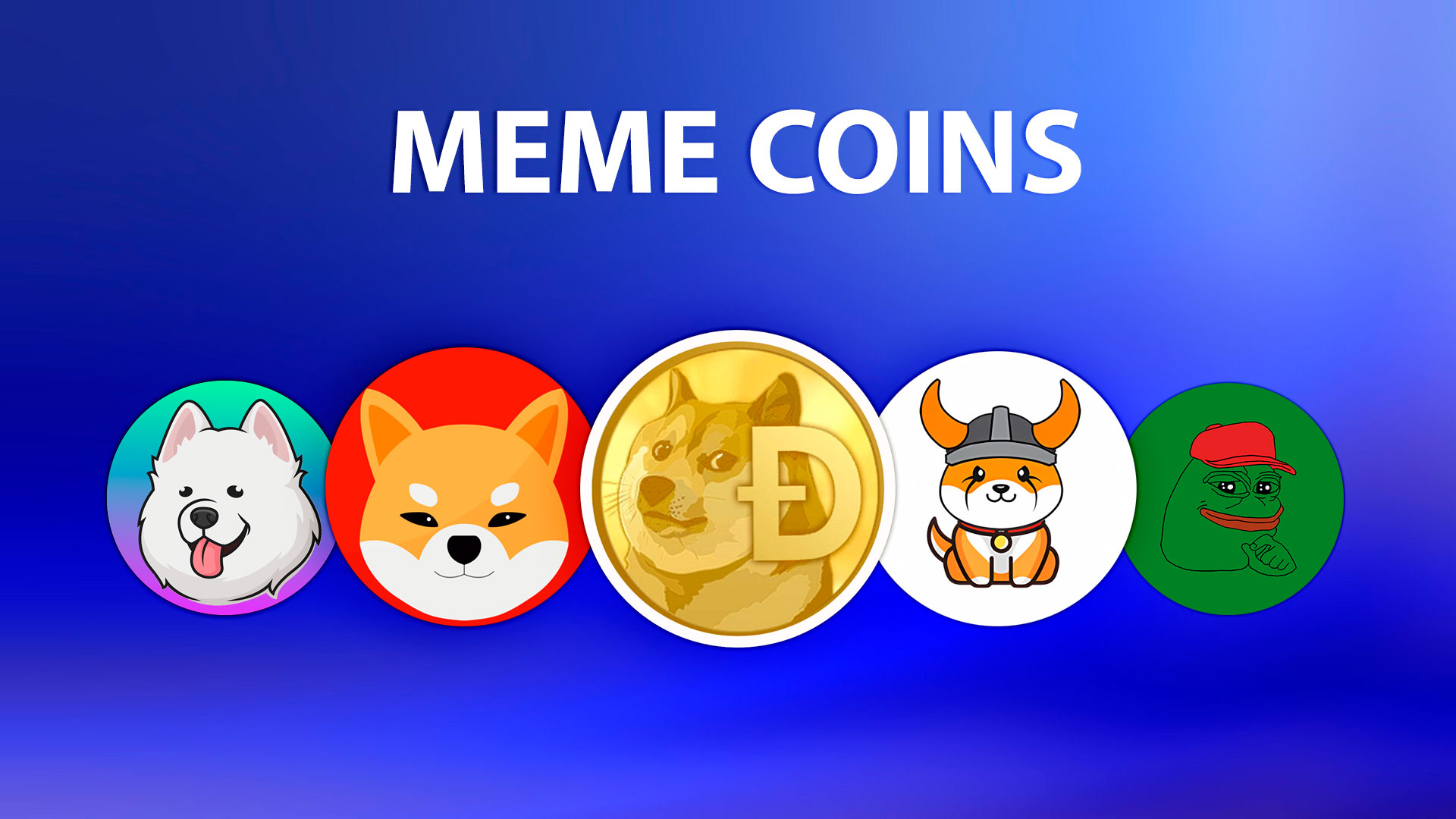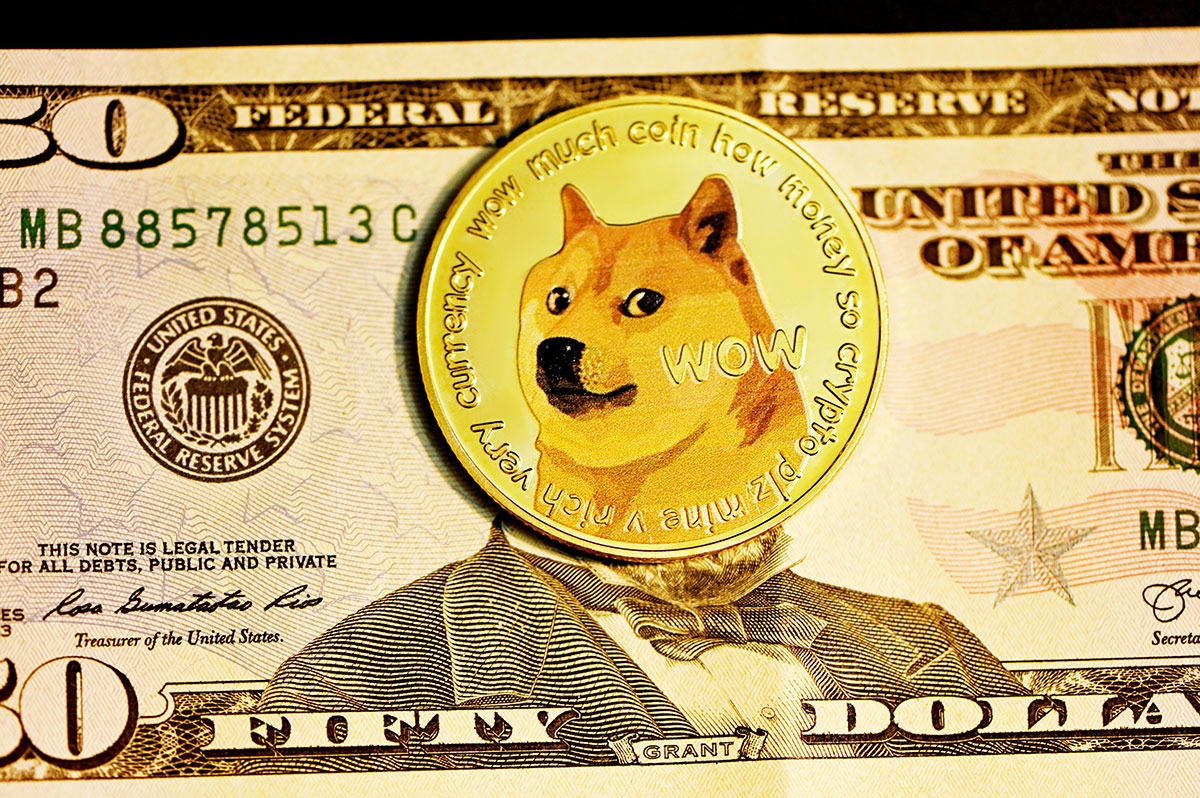What is a Meme Coins and How Do They Work?
A new type of digital asset called meme coins has been blowing up lately. These are cryptocurrencies that popped up thanks to internet memes and viral social media marketing. The most well-known ones are Dogecoin and Shiba Inu. Even though they started as jokes, some of them have hit multi-billion dollar values. So, is it worth putting your money into these coins? What risks are involved, and what determines their value? Let’s dive into it in this article.

Understanding Meme Coins
Meme coins are basically cryptocurrencies that got their start from internet memes and social media hype. The first one was Dogecoin (DOGE), which was created back in 2013 as a joke, inspired by the famous Doge meme featuring a Shiba Inu dog.
What sets meme coins apart from traditional cryptocurrencies like Ethereum (ETH) or Bitcoin (BTC) is that they don’t have any real value or supply limits. Their value is purely driven by demand and internet buzz. This makes meme tokens super volatile and pretty risky to invest in since you can’t really predict their price swings.
Experts say meme cryptos are a prime example of financial assets that only have value because people think they do – there are no solid fundamentals behind them.
Another thing about meme tokens is that they usually have a massive or unlimited supply. For instance, Shiba Inu (SHIB) has a total supply of 1 quadrillion tokens, while DOGE has no cap and already has over 100 billion tokens in circulation. Since most meme tokens don’t have a coin-burning mechanism to reduce supply, their prices stay relatively low – you can buy millions of them for just a dollar.
Why Are Meme Coins So Popular?
Meme coins are not just getting more popular, their numbers are also skyrocketing. Over 80% of all meme coins out there were created in the last two years. Most of them are tweaked versions of existing ones, usually created by small groups within the community. There are over 70 dog-themed meme coins, showing how much they’ve evolved from Dogecoin.
Meme tokens are shiny and famous for their rapid gains, reaching insane market caps and popularity in no time. Here are a couple of reasons why they pump so fast:
Hype Marketing
Hype marketing works wonders for many crypto projects. Well-planned promotions by groups of people can create excitement and attract potential investors, even if they don’t know much about the project. Sometimes, big cryptocurrency influencers and mainstream celebrities get involved to boost the hype. When done right, hype marketing can push a project’s price to impressive levels, even if the project itself doesn’t have solid utility. Meme coins are masters of this strategy. A successful hype campaign can send a token’s price to the moon.
Fear of Missing Out
The constant price jumps in the crypto world are often driven by ambitious investors who don’t want to miss out on the next big thing. This fear of missing out (FOMO) can make them jump into new, exciting projects, hoping to make gains.
For meme coins, the price growth from hype marketing is boosted even more by FOMO. The cycle of hype and FOMO keeps the price rising as long as it continues. Many meme tokens gained hundreds of thousands of followers based on meme culture alone, long before they had any real utility.
Low Cost
Another reason meme coins are a hit with retail investors is their super low prices, often just a few cents or even less. Technically, the low price doesn’t mean much since these coins have a massive supply. But there’s something satisfying about owning millions of meme coins compared to just a tiny fraction of ETH or BTC. With just a few bucks, traders can buy thousands or even millions of DOGE, SHIB, or Akita Inu (AKITA) tokens.
Meme Coins and Elon Musk
Tesla CEO Elon Musk has been called out more than once for his tweets affecting crypto prices. Things got so wild that in the summer of 2021, hackers even declared war on him because of his “public tantrums.”
Musk’s tweets played a big role in making Dogecoin popular. This meme coin was created back in late 2013, but it really took off in December 2020 when Musk tweeted, “One word: Doge.” That single tweet sent Dogecoin’s value skyrocketing.
In June 2020, Musk mentioned he was planning to get a Shiba Inu dog. Right after that, the Dogecoin hype led to the creation of Floki Inu and Shiba Flok tokens. By September, the Doge meme featuring a Shiba Inu dog was sold as an NFT for $4 million.
Popular Meme Coins
Let’s dive into some of the top meme coins to get a better feel for how they work and what makes their value go up. We’ll check out Dogecoin, Shiba Inu, and PepeCoin.

Dogecoin
Dogecoin popped up in December 2013, thanks to programmers Billy Markus and Jackson Palmer. They created this joke cryptocurrency during the hype around rising altcoins. They picked a popular Shiba Inu dog meme for the logo and brand.
Despite being a joke, the Dogecoin community has done some real charitable stuff. The most famous was raising funds for Jamaica’s bobsled team to participate in the 2014 Winter Olympics. And in 2021, Elon Musk’s interest in DOGE ramped up the excitement.
In May 2021, Dogecoin hit an all-time high of $0.76 with a market cap of $100 billion. Since then, it’s dropped due to its low practical use, now sitting at $0.12 with an $18 billion market cap, ranking 9th. Dogecoin’s trading volume is still high, around $600 million daily, showing it’s still a popular, entertainment-driven speculative asset.
Shiba Inu
Shiba Inu was created in 2020 with the goal of outdoing Dogecoin using a similar Shiba Inu dog theme. An anonymous developer named Ryoshi started the project.
Unlike DOGE, SHIB has more going on. It includes a decentralized exchange called ShibaSwap, a token burning system, and a “white paper” for investors. This is meant to boost SHIB’s value and use beyond just being a meme coin.
In October 2021, SHIB hit a price of $0.00008251, then fell by 90%. Now, it’s at $0.00001756 with a $10 billion market cap, ranking 12th among cryptocurrencies. Despite the community’s activity, there aren’t strong factors for sustained growth yet.
PEPE
PEPE Coin, created in 2021, is based on the popular “Pepe the Frog” meme. It operates on the Binance Smart Chain, ensuring high speed and low fees.
PEPE has a deflationary model, burning 2% of each transaction to gradually reduce supply, which should help increase its price over time.
According to CoinMarketCap, PEPE is ranked 23rd with a market cap of $5.28 billion.
What Affects Meme Coin Prices?
Even though meme coins seem chaotic, their prices actually depend on a few key factors:
- Popularity of the Original Meme: The more a meme goes viral on social media and sites like Reddit and X, the higher the demand for its corresponding meme coin. For example, Dogecoin’s value shot up after Elon Musk’s tweets.
- Big Marketing Campaigns: Developers often run massive marketing blitzes to draw in new investors. SHIB’s global Twitter campaign, for instance, doubled its price in just a few days.
- Listings on Major Exchanges: When SHIBA got listed on Binance, its value quadrupled in a week because it became more accessible to retail investors.
- Celebrity and Business Mentions: When celebs or big business figures talk about meme coins, prices typically spike. Dogecoin saw this with Elon Musk’s tweets.
- Building Ecosystems: Adding features like ShibaSwap and the Woofpaper boosted SHIBA’s capitalization by 15 times in two months.
- Mergers, Acquisitions, and Partnerships: Announcements about these can raise a meme coin’s profile and attract investors.
Despite their unpredictability, smart marketing and hype can send even the most obscure meme coin’s price soaring.
Risks of Investing in Meme Coins
Meme token prices are all over the place because they rely heavily on community vibes and random things like celebrity tweets. This means a meme coin’s value can skyrocket, like Dogecoin did, but it can also crash just as fast if people lose interest.
A lot of meme tokens don’t have the same solid tech backing them as big players like Bitcoin. They also lack established ecosystems. Out of the popular meme coins, only a couple are built on reliable blockchains: Dogecoin uses Litecoin’s protocol, and Shiba Inu runs on Ethereum.
Most meme coins don’t have much value outside the crypto world. For example, you can’t use SafeMoon to buy stuff (although Newegg does accept Dogecoin). Given their trendy nature, most meme coins probably won’t be around in a few years, and even if they are, they’ll likely be worth next to nothing.
Investing in meme cryptocurrencies is a huge gamble. You could make a nice profit if you play your cards right and time your exit well, but you could also lose everything. The key is to keep an eye on social media, stay updated with the news, and jump on any meme coin as soon as a media personality mentions it.
Treat these investments like a game of chance and only risk what you can afford to lose. For most people, it’s smarter to stick with assets that have a stronger foundation.












